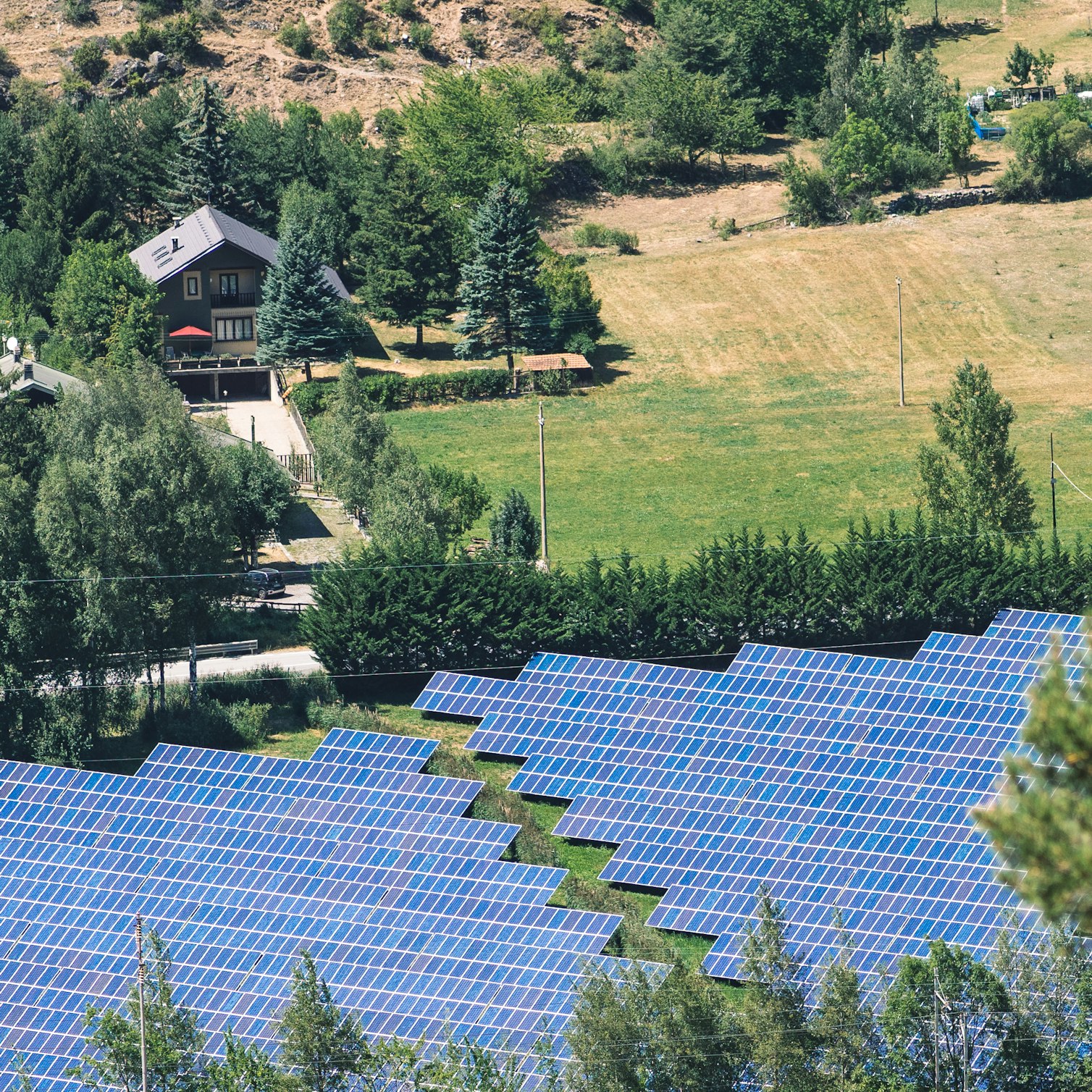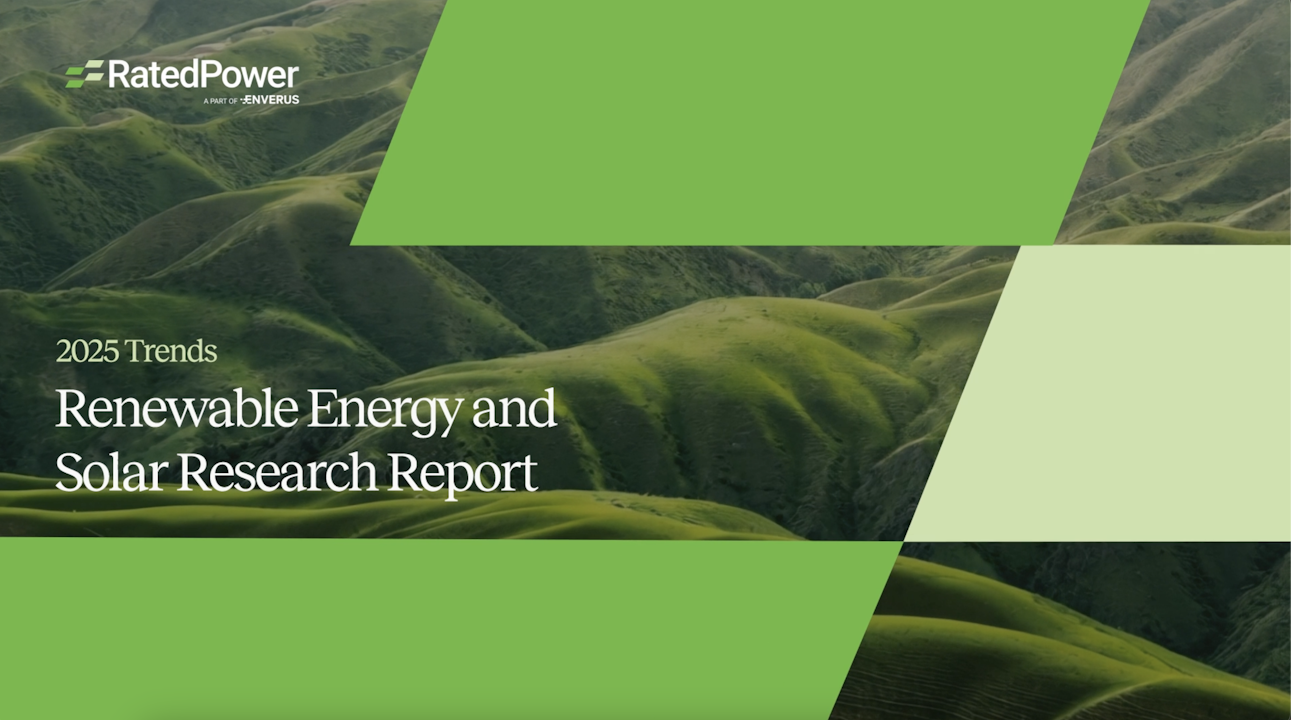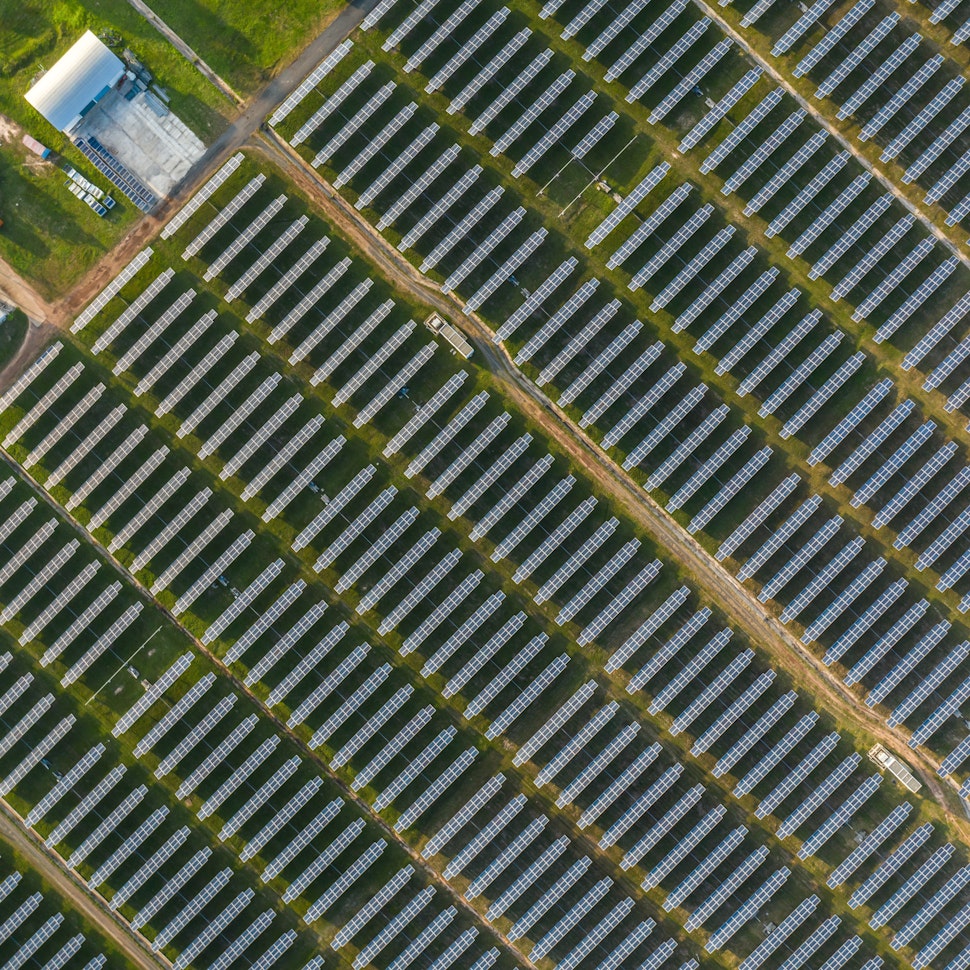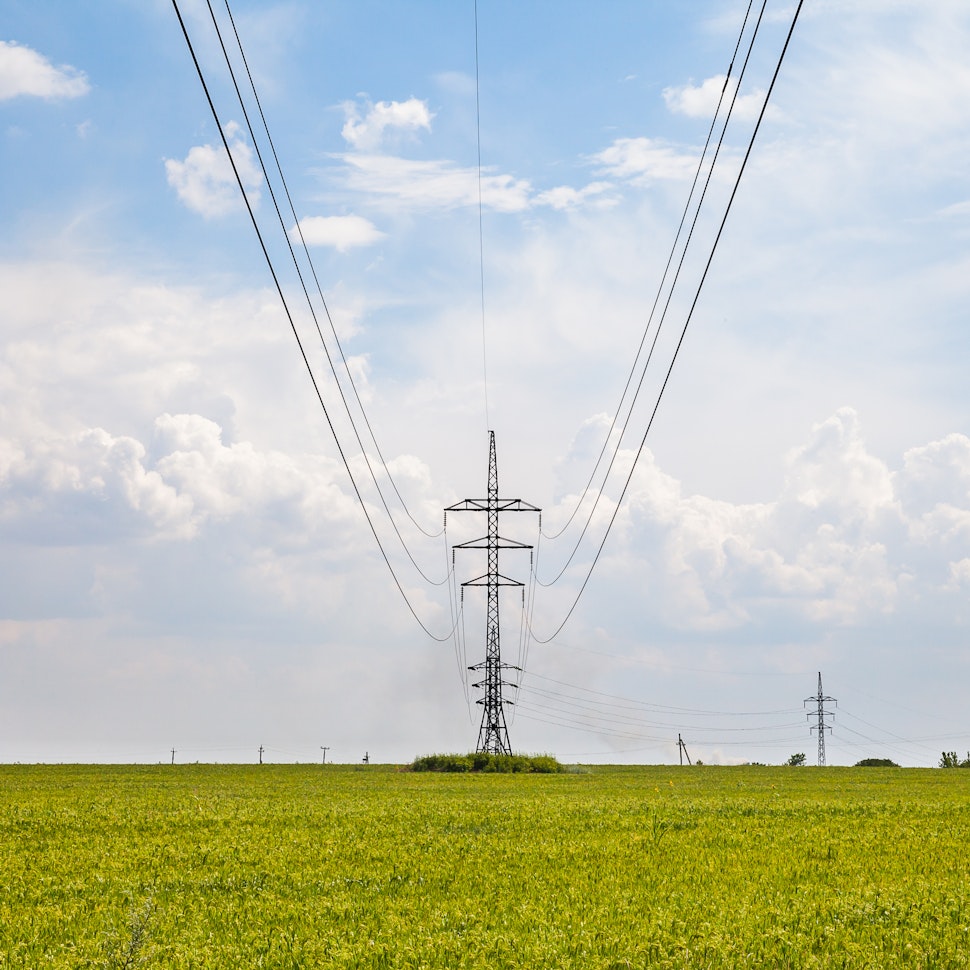- Solar energy blog
- Are regional approvals the key to accelerating the green transition in Italy?
Are regional approvals the key to accelerating the green transition in Italy?
Italy has adopted a regional renewable energy approach, giving regional authorities control over project approvals. Could this accelerate their green transition? Read on to find out.


Juan Miguel Sierra
Account Executive
Juan Miguel is a sales professional responsible for Italy at RatedPower. With a background in international business & trade relations, he ensures exponential growth within these markets and the development of RatedPower’s technology.

Content
Italy aims to achieve carbon neutrality by 2050 and has set key milestones for 2030 to reach this goal. Supported by €35.3 billion in EU funding through the European Green Deal, the country has made steady progress, though there are still significant challenges, like grid connectivity, to address.
To tackle these issues, the country has pivoted from a national to a regional approach, presenting the question: Could entrusting regional authorities with more control over project approvals be the key to unlocking Italy’s renewable potential?
Download our 2025 Trends Report to unlock essential insights on the renewables industry. With data from our survey and solar simulations on RatedPower, it’s your go-to resource for understanding trends, challenges, and design strategies.
In the first half of 2024 alone, regional governments approved 3,358 MW of solar capacity. This highlights how localized decision-making might play a vital role in accelerating the transition to clean energy.
Understanding regional approvals and renewable energy in Italy
Regional approvals are an important part of advancing renewable energy in Italy. Involving local authorities early in the process helps resolve issues before they escalate and builds community trust through shared benefits. Regions also identify suitable sites for renewable projects and ensure local efforts align with national energy targets.
The Energy Decree (Law Decree No. 181/2023), later formalized as Law No. 11 of February 2, 2024 (D.L. Energia 2), makes renewable energy projects faster and simpler. It expanded the Simplified Authorization Procedure (PAS) under Legislative Decree 28/2011, increasing the size thresholds for projects needing Environmental Impact Assessments (EIA).
For photovoltaic plants, state-level EIAs are now only required for projects over 25 MW (up from 20 MW), while regional EIAs apply to projects up to 12 MW (up from 10 MW). These adjustments speed up approvals and allow regions to take on a more prominent role.
However, a gap remains between what’s authorized and what’s operational. This shows the need for better implementation strategies and resource management to fully realize the potential of approved projects.
The impact of regional approvals so far
The approvals mentioned above reflect significant progress by regional governments in Italy, with 3,358 MW of solar capacity authorized in the first six months of 2024.
According to PV Magazine, Sicily led with 1,011 MW, followed by Puglia at 602.4 MW and Lazio at 362.6 MW. Together, these three regions contributed a significant portion of the approved capacity, which is key in advancing the country’s renewable energy efforts.
The Simplified Authorization Procedure (PAS) was crucial to these achievements. Puglia used PAS for 379 MW of its approvals, with Emilia-Romagna and Campania using 174.5 MW and 152.38 MW, respectively.
These numbers indicate that some regions are leveraging PAS more effectively, resulting in faster approvals. They also suggest that focusing on administrative efficiency could help other regions keep pace in driving renewable energy growth.

What does the future hold for Italy’s renewable energy?
Streamlining the processes across the EU
The European Union is pushing member states, including Italy, to designate renewables acceleration areas by February 2026. These areas will streamline permitting processes for renewable energy projects, prioritizing locations with minimal environmental impact.
EU guidance, supported by tools like the Energy and Industry Geography Lab, will help Italy identify where technologies like solar and wind can be deployed. These efforts aim to align Italy’s renewable development with the EU’s broader decarbonization targets.
Overcoming doubts in national legislation
A key provision of Italy’s Suitable Areas Decree, which allowed regions to impose stricter regulations on renewable projects, has been temporarily suspended until February 2025. This suspension means regions cannot create new restrictions on areas deemed suitable by national law.
While ongoing projects are unaffected, some developers may delay new proposals, awaiting legal clarity after the upcoming court ruling. The decision in February will likely have significant implications for regional autonomy and Italy’s renewable energy goals, potentially reshaping the balance between national and regional governance.
Adopting regional energy pricing
Italy plans to phase out the Prezzo Unico Nazionale (PUN), the national standardized electricity price, by 2025. This system will be replaced with zonal tariffs, dividing the country into seven regions with location-specific electricity prices.
The goal is to better align electricity prices with the actual costs of production and distribution, encourage renewable investments, and reduce energy disparities between regions. However, consumers in areas with less renewable energy, like Sicily and Calabria, may face higher electricity prices, while those in the renewable-rich areas could see lower costs.
Continued investment in renewables
Italy continues to attract investments in renewable energy, with companies like Iberdrola and Repsol expanding their portfolios in the country. Iberdrola’s Fenix project, the country’s largest solar plant under construction, exemplifies this trend. Located in Sicily, the 245 MW plant will provide clean energy to over 140,000 households, supporting Italy’s path to decarbonization.
As well as nuclear and gas
However, Italy’s ambitions are not limited to renewables. The government is exploring nuclear energy, with plans to reintroduce nuclear technologies by 2025. It is also positioning itself as a gas hub in the Mediterranean, which raises concerns about balancing fossil fuel dependence with the urgent need for a green transition.
Italy’s solar trends for 2025
Our 2025 Trends Report explores which solar technologies are driving Italy’s energy transformation. It highlights the rising prominence of agrivoltaic systems, which integrate agricultural activities with solar energy production alongside traditional ground-mounted solar installations.

It also revealed a preference for bifacial modules and string inverters. Trackers and AC Battery Energy Storage Systems are increasingly used to maximize energy production in high-irradiance regions and ensure grid stability by addressing solar energy’s intermittency.
Despite the implementation of these technologies, progress still faces barriers. Regulatory frameworks still limit project flexibility, while bureaucratic challenges make obtaining approvals from local authorities difficult.
Addressing these challenges will be critical to accelerating Italy’s transition to a sustainable (and regional) energy future.
Latest stories
Related posts
Market analysis
Powering through the peak: Why solar + storage is gaining momentum in MENAT
Discover how MENAT is building a functioning solar economy and why rising peak demand during extreme heat is squeezing its energy architecture.
Updated 11 DEC, 25


Market analysis
The rise of utility-scale PV + storage plants in Italy
Discover how Italy’s latest policies and auctions are driving utility-scale solar and battery storage projects to meet ambitious 2030 targets.
Updated 4 DEC, 25

Market analysis
From sun to socket: What Iberia’s grid needs to handle 2030 renewable targets
Discover how Spain and Portugal are upgrading their grids to meet ambitious renewable targets and prevent future blackouts.
Updated 25 NOV, 25

- RatedPower
- Solar energy blog
- Are regional approvals the key to accelerating the green transition in Italy?
 Watch a demo
Watch a demo Ask our AI Product Expert
Ask our AI Product Expert
